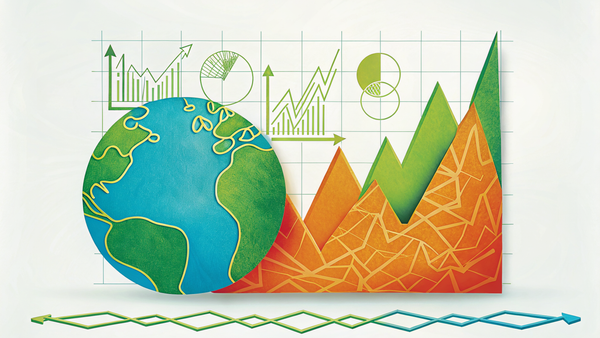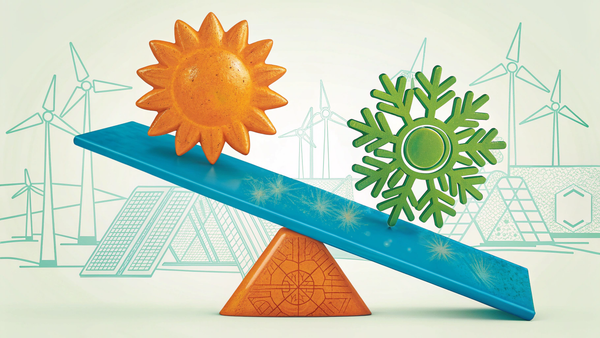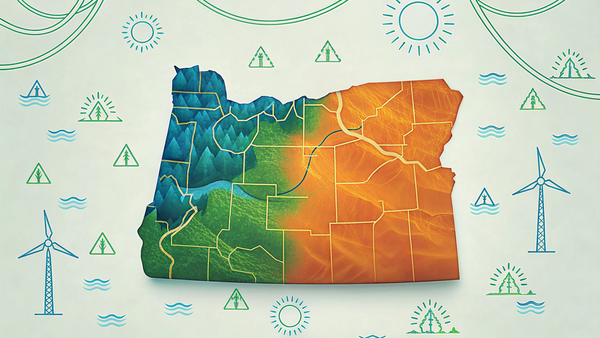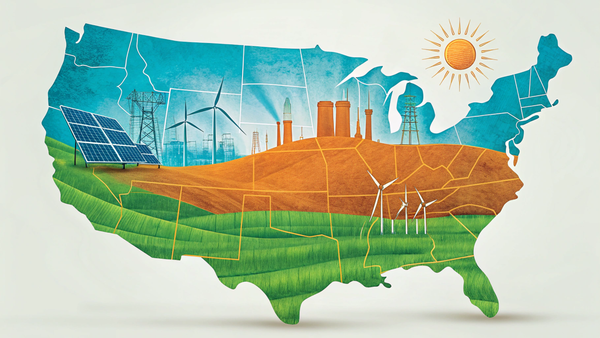Hydrogen's Role in Washington's Energy Transition
Green Electrolytic Hydrogen and renewable fuels are pivotal to Washington's ambitious energy transformation. Here we uncover the economic pathways, modeling insights, and next steps for the deployment of hydrogen across the Evergreen State.
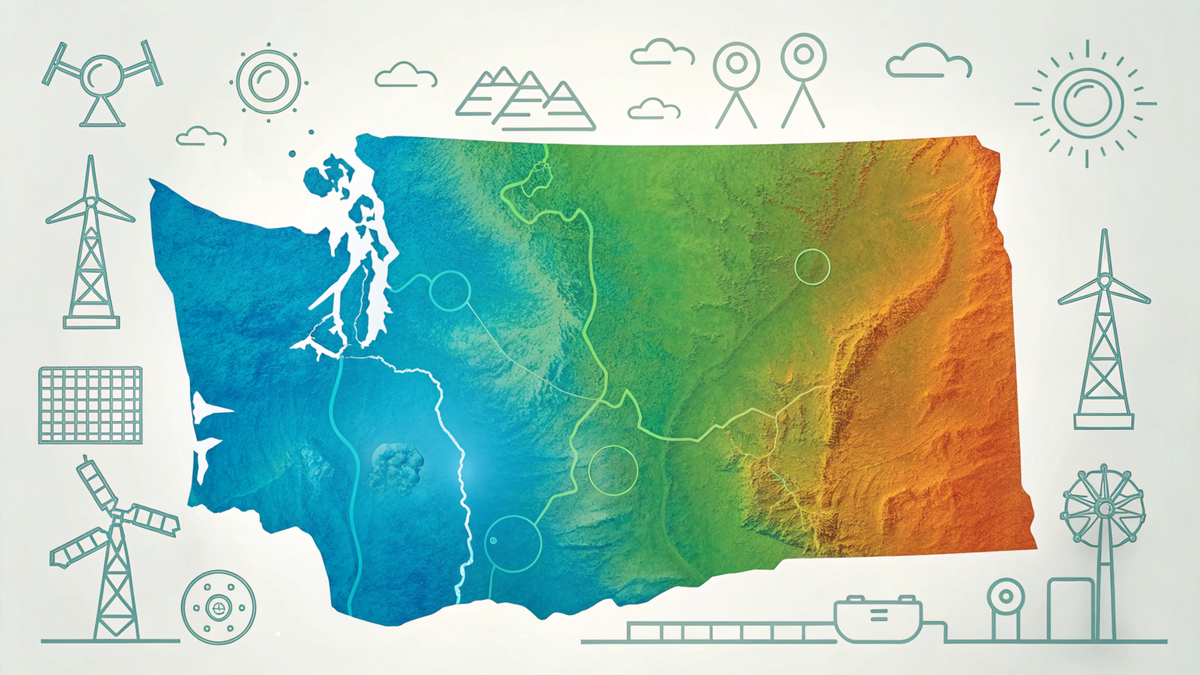
Introduction
Washington State faces bold emissions reduction targets by 2030, necessitating a multifaceted decarbonization strategy that includes the advancement of clean fuels. Among these, green electrolytic hydrogen and hydrogen-derived fuels emerge as cornerstone solutions, positioning Washington as a frontrunner in developing large-scale hydrogen supply chains and markets. To guide this transition, the Washington State Department of Commerce commissioned a comprehensive report outlining pathways to cultivate hydrogen supply, expand market potential, and navigate the associated opportunities, challenges, and risks. This report further advances recommendations for refining siting and permitting processes while integrating environmental justice considerations into policy frameworks.
Methods
The analysis employed an economy-wide Regional Investment and Operations (RIO) capacity expansion and operations model to evaluate tradeoffs among clean fuel integration, load growth, carbon management, electrification prospects, and emergent industries. This model optimizes energy system design and operation to achieve emissions goals efficiently while ensuring system reliability. The results informed a series of visualizations depicting hydrogen production, consumption, and transportation scenarios. Evolved Energy Research’s (EER) analytical approach enriched the findings, providing decision-makers with forward-looking insights to fortify policy guidance and mitigate risks in cultivating a green hydrogen economy. This future-proofing effort encompassed understanding evolving supply and demand dynamics, the pace of technological adoption, and the cascading effects of policy interventions across economic sectors.
Scenarios & Context
To examine how feasibility, economic conditions, and policy frameworks influence hydrogen deployment, the analysis explored a suite of scenarios that constrained infrastructure investments and system operations. Each scenario illuminated the potential scale of green electrolytic hydrogen production and the requisite infrastructure investments under varying conditions, equipping policymakers with valuable comparative insights for risk assessment.
The study began by establishing a Core Case, reflecting common assumptions about Washington's energy landscape and broader U.S. trends. In collaboration with the Washington State Department of Commerce and an Advisory Committee, the analysis expanded to include a series of “what if” scenarios, addressing contingencies and alternative policy pathways.
Figure 1. Core Case Hydrogen and Hydrogen-Derived Fuels Consumption in Washington

Results
- IRA Impact: The Inflation Reduction Act (IRA) tax credit emerges as a critical driver of electrolysis and clean fuel adoption.
- The expiration of the IRA tax credit accelerates early electrolyzer deployment as stakeholders seek to capitalize on financial incentives.
- Despite the tax credit's sunset, hydrogen deployment by 2050 remains robust, driven by hydrogen’s inherent value in achieving net-zero emissions targets.
- Pipeline Availability: Access to pipeline infrastructure profoundly influences hydrogen production capacity.
- Pipeline availability catalyzes electrolyzer deployment, expanding capacity from 4 GW to 10 GW and necessitating the establishment of an in-state Haber-Bosch plant to meet shipping-related ammonia demand.
- This expansion significantly increases the state's electricity and water consumption.
- Three Pillars Accounting: Implementing stringent Three Pillars carbon accounting standards presents notable challenges.
- Currently, there is limited infrastructure for tracking hourly carbon matching or establishing electrolyzer-specific contracts.
- Stricter standards, while enhancing environmental integrity, may elevate production costs and complicate compliance.
Figure 2. Difference to the Core Case of hydrogen gas supply and demand in Washington

Discussion
A holistic, economy-wide approach is imperative to orchestrate the growth of hydrogen and clean fuels while ensuring seamless integration with the electricity sector. Future-proofing policy guidance requires a nuanced understanding of emerging supply-demand dynamics, the urgency of infrastructure development, and the ripple effects of policy choices across interconnected sectors.
Washington’s pursuit of a green hydrogen economy reflects a paradigm shift toward resilient, low-carbon energy systems. With strategic investment and adaptive policy frameworks, the state stands poised to transform hydrogen from an emerging opportunity into a cornerstone of its clean energy future.
Figure 3. Phases for Advancing Hydrogen, Green Electrolytic Hydrogen and Renewable Fuels Report (p. 73)

Prior Work in Washington
Explore the scope of EER's ongoing presence in Washington state below
EER has a history of supporting Washington State’s energy transition through analytical modeling and decarbonization planning. Over the years, EER has contributed to multiple state-led initiatives, providing insight into pathways necessary to meet Washington’s emissions reduction goals.
In 2021, the Washington Department of Commerce released the State Energy Strategy, outlining a roadmap to achieve economy-wide emissions reduction targets: 95% gross emissions reduction below 1990 levels and net-zero by 2050, with interim limits of 45% by 2030 and 70% by 2040. EER provided decarbonization modeling for this strategy in collaboration with the Clean Energy Transition Institute. The analysis developed a Reference Scenario and five decarbonization pathways, highlighting key challenges: rapid scale-up of clean fuels by 2030 and significant electricity expansion by 2050. The study emphasized regional energy integration and sector coupling between fuels and electricity as critical for cost-effective decarbonization.
Prior to this, in 2017, EER partnered with the Deep Decarbonization Pathways Project to assess Washington’s potential to reduce greenhouse gas emissions by 80% below 1990 levels by 2050. Sponsored by the Office of the Governor and Office of Financial Management, this study used the EnergyPATHWAYS model to evaluate infrastructure changes necessary for deep decarbonization. Findings showed that Washington could meet its goals cost-effectively without premature infrastructure retirement or reliance on unproven technology. The study identified viable pathways and policies, with a focus on the transportation sector’s role in reducing costs.
These past studies provide essential context for Washington’s ongoing efforts to expand its hydrogen economy. EER’s modeling continues to shape policy and investment decisions, supporting the state’s transition to a low-carbon energy system.




